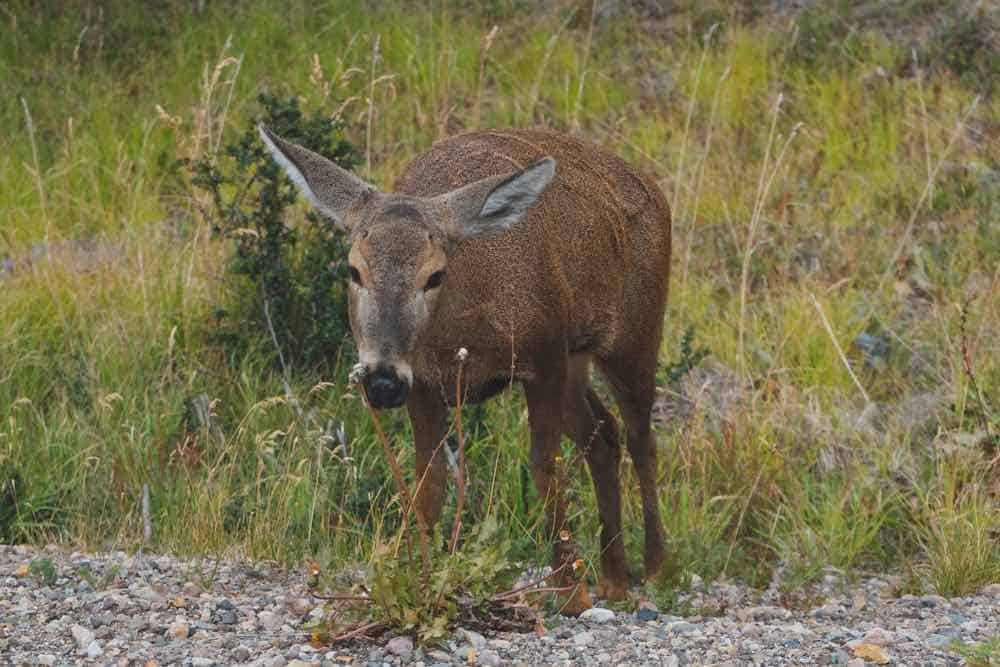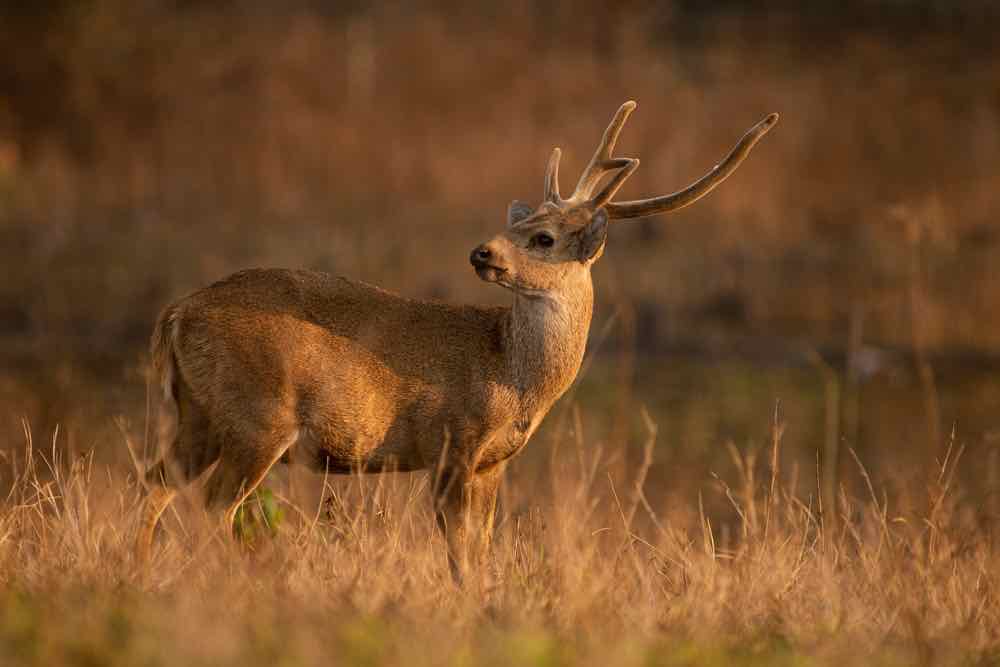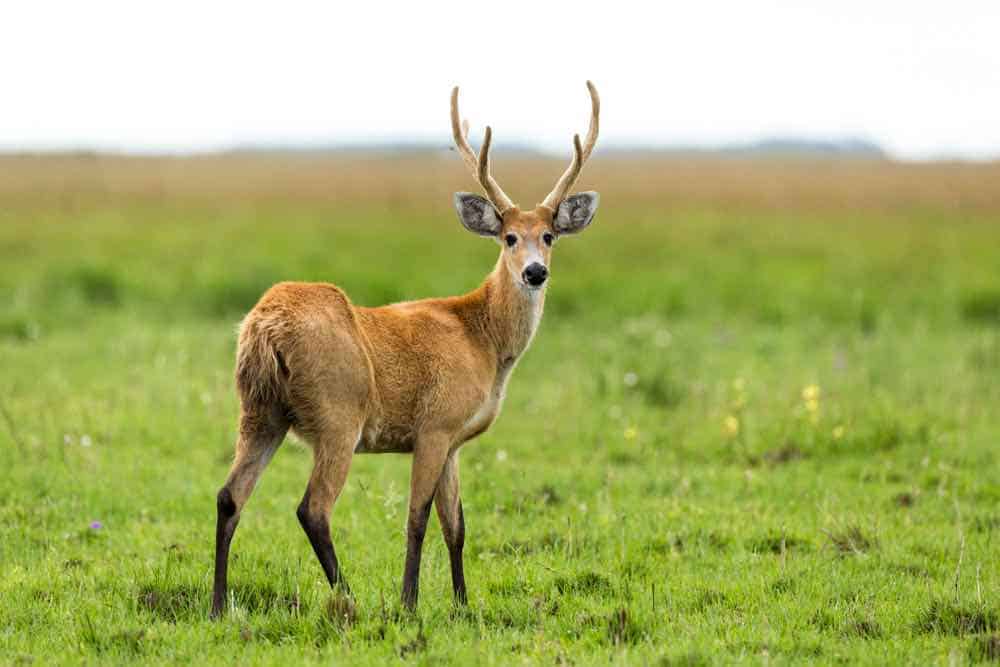Named for the Vietnamese mountain range in which it was discovered just 25 years ago, the Truong Son muntjac is a species of small deer whose origins can now be traced back 15 million years, with some indications that the muntjac as a broad species has been around for as long as 35 million years.
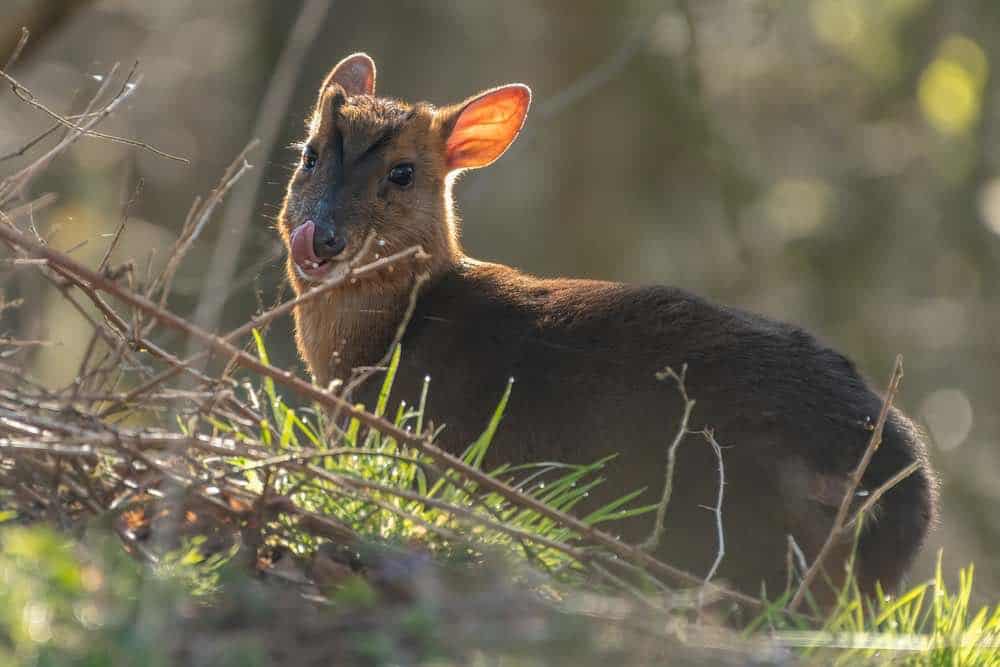
Read on to learn more about the diminutive animal, including the threats it faces from hunting and habitat loss and its role in the ecology of its range.
The Truong Son muntjac Ss Nearly Invisible
Given its limited range and its sparse numbers — its population is estimated at somewhere between 1,000 and 5,000 animals — relatively little is known about the Truong Son muntjac.
What is known is that the tiny and reclusive animal is one of what may be a dozen species of muntjac, all of which are found in various parts of Asia.
Within the mountain range where it lives, the Truong Son muntjac is known as “sam coi cacoong,” meaning “the deer that lives in the deep, thick forest.”
As its Vietnamese name suggests, it is born in dense jungle, where it remains until it can move around with its mother as it moves into adulthood. An average adult is a little more than three feet in length, and will weigh only somewhere between 24 and 33 pounds.
Like its cousins, the Truong Son muntjac — whose small size has given it the nickname “pygmy muntjac” — is known for its unique vocalization, which is similar to a barking dog.
Interestingly, the barking sound is often heard by humans as more of a groaning sound. That human-like sound has, in turn, produced local tales of supernatural occurrences.
Other unique features of the tiny mammal, as with other muntjac species, are its small antlers and its canine tusks.
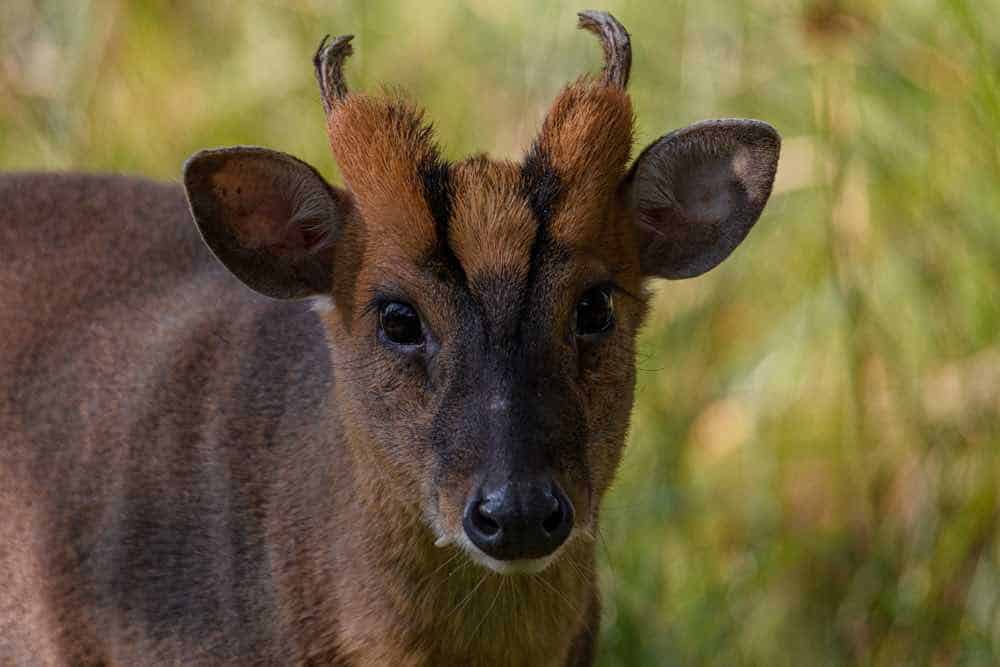
Is the Truong Son muntjac an Endangered Species?
The 1997 discovery of the Truong Son muntjac wasn’t based on sightings, but on professional examination of skulls discovered in village markets and homes in its namesake mountain range, along with interviews with local villagers.
Within just a few years of its discovery, beginning in 2004, Western researchers were finding no additional evidence of this interesting muntjac. It was 10 years later before it was again discovered, when a forester found one in a trap.
At about the same time the tiny animal was rediscovered in 2014, its condition was assessed by International Union for the Conservation of Nature for its “Red List” of threatened species.
Overall, the IUCN indicated there was insufficient data to determine whether the Truong Son muntjac is a threatened species. But the conservation organization’s assessment was nonetheless disturbing.
For one thing, the IUCN didn’t even establish a population number for the species in its 2014 assessment. The organization did, however, list the animal as declining in numbers.
The Sad Story of Hunting the Truong Son muntjac
As a potential partial explanation for that assessment of declining numbers, the International Union for the Conservation of Nature listed a number of general threats to the tiny species, including hunting — along with mining, quarrying and other human activity — as adversely affecting the small Vietnamese animal’s habitat.
Even though hunting is illegal in Vietnam, the Truong Son muntjac is hunted by local residents for consumption. It’s also hunted by local people for the “bushmeat” trade — the sale of meat from wild animals killed for the purpose of being sold for food.
Hunting of this muntjac carries two potentially — if not likely — very serious consequences.
There is, of course, the ecological unknown of losing an animal species. That’s a potentially real outcome, given the external environmental pressures on this Vietnamese mammal noted by the International Union for the Conservation of Nature.
And, as noted in commentaries on the bushmeat trade, consuming wild animal meat carries the public health danger of transmitting an animal disease to the human population.
Ecology and the Truong Son muntjac
Estimates that only a few thousand of the animal remain in the wild are based, in part, on the fact that this diminutive muntjac suffered from habitat loss as land in its range was cleared for establishment of rubber plantations aimed at supplying Chinese needs.
And interestingly, while muntjacs living elsewhere in Asia face predation from tigers, leopards and crocodiles, sources indicate that a single avenue of predation affects this particular species. Hunting by humans for consumption or for sale, as noted already, likely is the greatest predatory danger faced by the tiny muntjac.
But in terms of replenishing its population, the tiny animal has been given something of a biological edge.
Whether or not it makes any difference in the ultimate fate of the species remains to be seen, but the females of the species can reproduce at any time of year, and can mate within a few days of giving birth.
The Truong Son muntjac is a ‘Holy Grail’ Animal
Given its dwindling numbers, its relatively small size and the location of its range, the Truong Son muntjac is informally labeled a “Holy Grail” mammal.
What that means is that actually seeing one of the diminutive animals would require a significant effort just to get to its range, considerable skills in navigating the wilderness once you arrived in search of this muntjac, and in the end, a significant stroke of luck to actually view one of the animals.
In the meantime, we hope this post has provided you with insights into the life of a species about which you may never have heard, and also hope it inspires you to learn more about all species of deer and their roles in the world of nature.
If you want to learn more about other types of deer, check our Deer Resources page.

